The alarm on your smart phone went off 10 minutes earlier than usual this morning. Parts of the city are closed off in preparation for a popular end of summer event, so congestion is expected to be worse than usual. You’ll need to catch an earlier bus to make it to work on time.
The alarm time is tailored to your morning routine, which is monitored every day by your smart watch. It takes into account the weather forecast (rain expected at 7am), the day of the week (it’s Monday, and traffic is always worse on a Monday), as well as the fact that you went to bed late last night (this morning, you’re likely to be slower than usual). The phone buzzes again – it’s time to leave, if you want to catch that bus.
While walking to the bus stop, your phone suggests a small detour – for some reason, the town square you usually stroll through is very crowded this morning. You pass your favourite coffee shop on your way, and although they have a 20% discount this morning, your phone doesn’t alert you – after all, you’re in a hurry.
After your morning walk, you feel fresh and energised. You check in at the Wi-Fi and Bluetooth-enabled bus stop, which updates the driver of the next bus. He now knows that there are 12 passengers waiting to be picked up, which means he should increase his speed slightly if possible, to give everyone time to board. The bus company is also notified, and are already deploying an extra bus to cope with the high demand along your route. While you wait, you notice a parent with two young children, entertaining themselves with the touch-screen information system installed at the bus stop.

from www.shutterstock.com
Once the bus arrives, boarding goes smoothly: almost all passengers were using tickets stored on their smart phones, so there was only one time-consuming cash payment. On the bus, you take out a tablet from your bag to catch up on some news and emails using the free on-board Wi-Fi service. You suddenly realise that you forgot to charge your phone, so you connect it to the USB charging point next to the seat. Although the traffic is really slow, you manage to get through most of your work emails, so the time on the bus is by no means wasted.
The moment the bus drops you off in front of your office, your boss informs you of an unplanned visit to a site, so you make a booking with a car-sharing scheme, such as Co-wheels. You secure a car for the journey, with a folding bike in the boot.
Your destination is in the middle of town, so when you arrive on the outskirts you park the shared car in a nearby parking bay (which is actually a member’s unused driveway) and take the bike for the rest of the journey to save time and avoid traffic. Your travel app gives you instructions via your Bluetooth headphones – it suggests how to adjust your speed on the bike, according to your fitness level. Because of your asthma, the app suggests a route that avoids a particularly polluted area.

Mr.tinDC/Flickr, CC BY-NC-ND
After your meeting, you opt to get a cab back to the office, so that you can answer some emails on the way. With a tap on your smartphone, you order the cab, and in the two minutes it takes to arrive you fold up your bike so that you can return it to the boot of another shared vehicle near your office. You’re in a hurry, so no green reward points for walking today, I’m afraid – but at least you made it to the meeting on time, saving kilograms of CO2 on the way.
Get real
It may sound like fiction, but truth be told, most of the data required to make this day happen are already being collected in one form or another. Your smart phone is able to track your location, speed and even the type of activity that you’re performing at any given time – whether you’re driving, walking or riding a bike.
Meanwhile, fitness trackers and smart watches can monitor your heart rate and physical activity. Your search history and behaviour on social media sites can reveal your interests, tastes and even intentions: for instance, the data created when you look at holiday offers online not only hints at where you want to go, but also when and how much you’re willing to pay for it.
Personal devices aside, the rise of the Internet of Things with distributed networks of all sorts of sensors, which can measure anything from air pollution to traffic intensity, is yet another source of data. Not to mention the constant feed of information available on social media about any topic you care to mention.
![]() With so much data available, it seems as though the picture of our environment is almost complete. But all of these datasets sit in separate systems that don’t interact, managed by different entities which don’t necessarily fancy sharing. So although the technology is already there, our data remains siloed with different organisations, and institutional obstacles stand in the way of attaining this level of service. Whether or not that’s a bad thing, is up to you to decide.
With so much data available, it seems as though the picture of our environment is almost complete. But all of these datasets sit in separate systems that don’t interact, managed by different entities which don’t necessarily fancy sharing. So although the technology is already there, our data remains siloed with different organisations, and institutional obstacles stand in the way of attaining this level of service. Whether or not that’s a bad thing, is up to you to decide.
Marcin Budka, Principal Academic in Data Science, Bournemouth University
This article was originally published on The Conversation. Read the original article.


 With wide-ranging implications outside the transport sector alone, the
With wide-ranging implications outside the transport sector alone, the 
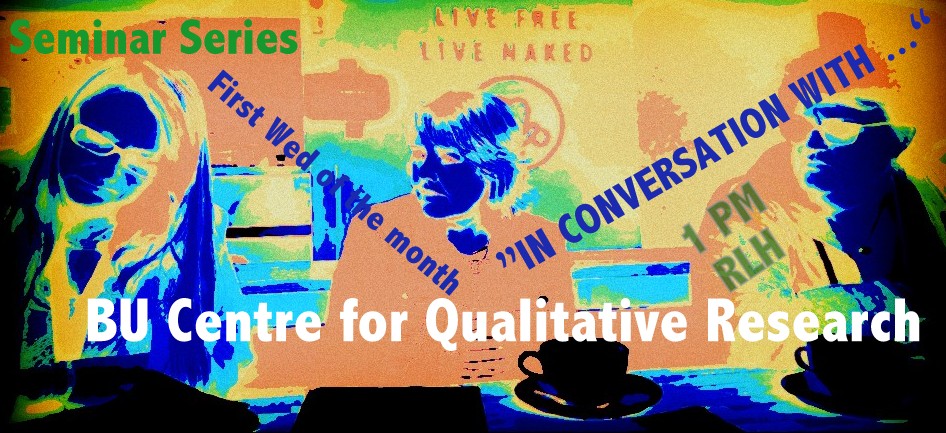

 Kip Jones and Lee-Ann Fenge are pleased to announce that our article to appear shortly in Creative Approaches to Research, a peer-reviewed open-access journal, “Gift Stories How Do We Retell the Stories that Research Participants Give Us?” is now available on
Kip Jones and Lee-Ann Fenge are pleased to announce that our article to appear shortly in Creative Approaches to Research, a peer-reviewed open-access journal, “Gift Stories How Do We Retell the Stories that Research Participants Give Us?” is now available on 


 student paper. The research presented was funded by the University Student Research Assistant (SRA) scheme, which involved collaboration between departments and faculties. The research involved creating a game to measure in-game moral decisions. The research team included Jacqui Taylor and John McAlaney from the Department of Psychology, Davide Melacca and Christos Gatzidis from the Department of Creative Technology, and Eike Anderson from the National Centre for Computer Animation.
student paper. The research presented was funded by the University Student Research Assistant (SRA) scheme, which involved collaboration between departments and faculties. The research involved creating a game to measure in-game moral decisions. The research team included Jacqui Taylor and John McAlaney from the Department of Psychology, Davide Melacca and Christos Gatzidis from the Department of Creative Technology, and Eike Anderson from the National Centre for Computer Animation.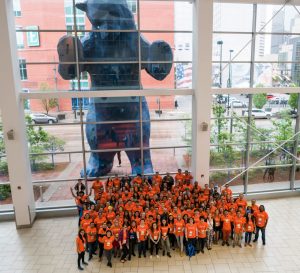
 volunteers with their duties. Sarah found it to be a great experience and highly recommends other students to consider being a student volunteer as a great chance to network and it also helps with funding conferences as the registration fee was waived.
volunteers with their duties. Sarah found it to be a great experience and highly recommends other students to consider being a student volunteer as a great chance to network and it also helps with funding conferences as the registration fee was waived.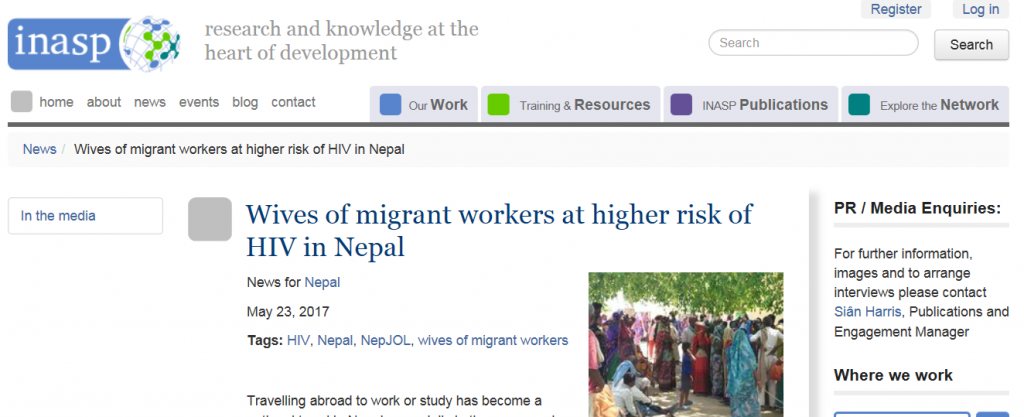
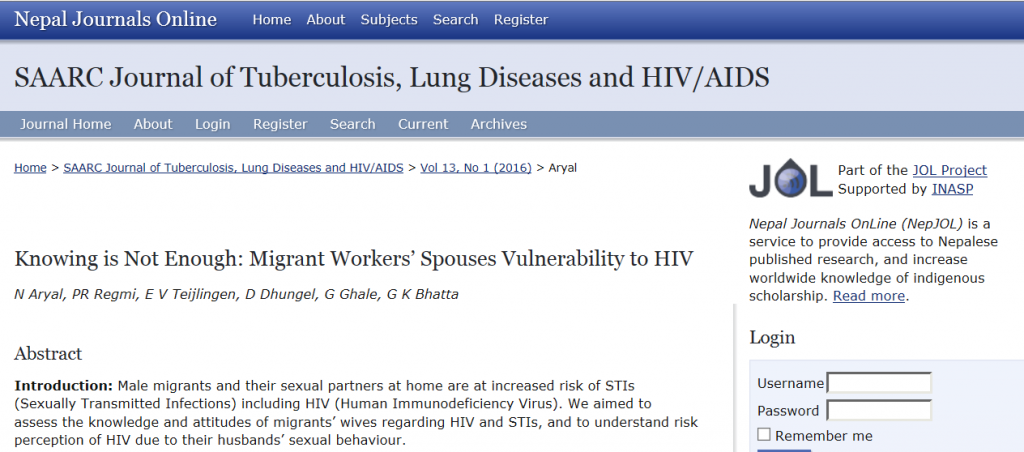




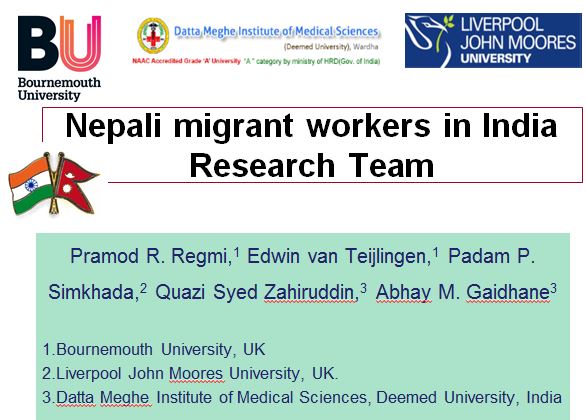
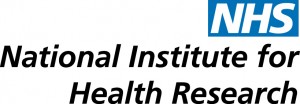 The
The 










 BU Professor has been invited to a series of plenary and invited lectures.
BU Professor has been invited to a series of plenary and invited lectures.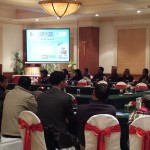 Research reaching non-academic audiences
Research reaching non-academic audiences April’s Café Scientifique – Should we help machines understand and respond to our emotions?
April’s Café Scientifique – Should we help machines understand and respond to our emotions? Postgraduate Research Experience Survey (PRES) 2024 – 2 WEEKS LEFT
Postgraduate Research Experience Survey (PRES) 2024 – 2 WEEKS LEFT Working with The Conversation: online training session – Wednesday 8th May
Working with The Conversation: online training session – Wednesday 8th May Apply for up to £1,000 to deliver an event and take part in a national festival of public engagement with research
Apply for up to £1,000 to deliver an event and take part in a national festival of public engagement with research MSCA Postdoctoral Fellowships 2024
MSCA Postdoctoral Fellowships 2024 Horizon Europe News – December 2023
Horizon Europe News – December 2023